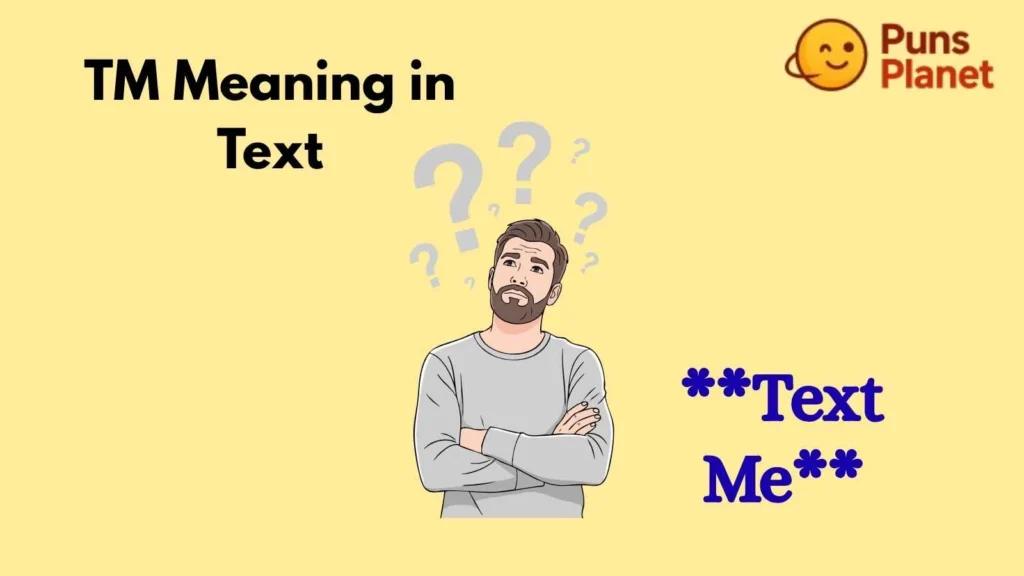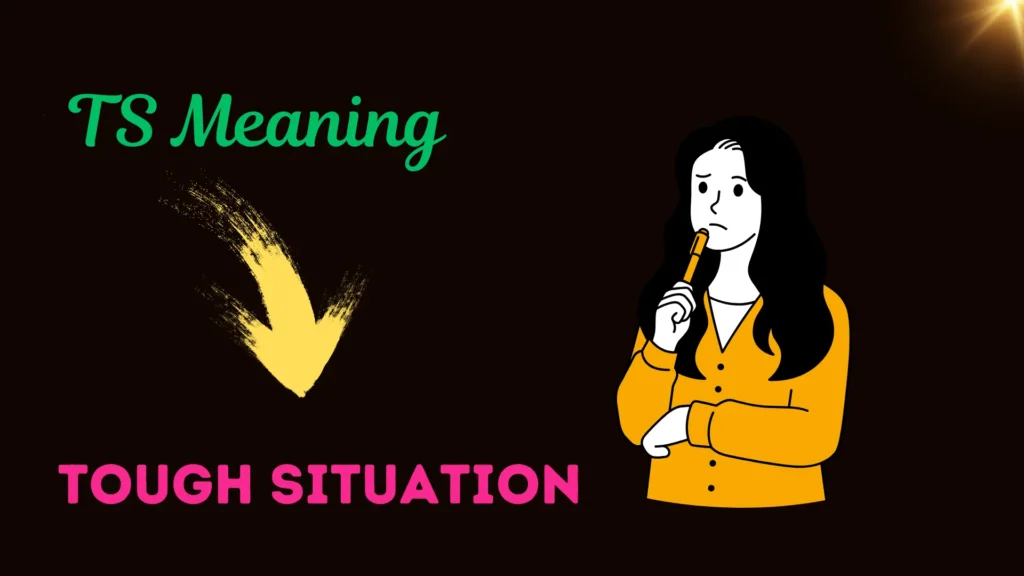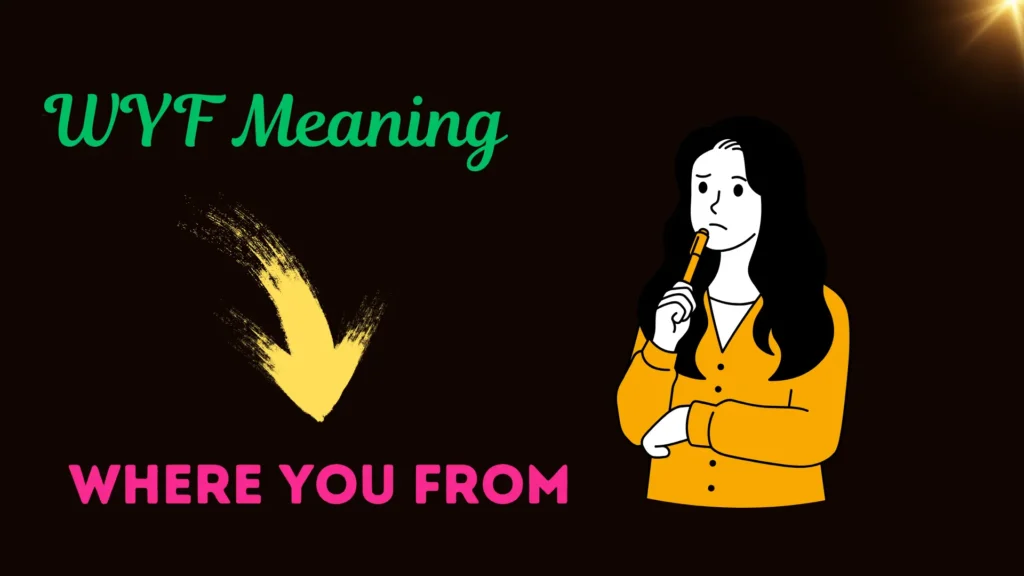In an age of instant messaging, acronyms are everywhere. Some are obvious. Others leave you scratching your head.
TM is one of those small abbreviations that can carry very different meanings — depending on who you’re talking to, which app you’re using, or even the tone of your message.
Imagine you receive “TM when you arrive.” Do they want you to text them? Are they saying “too much when you arrive”? Or is it an informal “trust me, when you arrive”? The stakes feel small — but misreading the intent can change how you respond.
That’s why it’s worth diving deep into the many meanings of TM, its contexts, and how you can use it or respond to it — clearly and confidently.
What Is TM? A Quick Overview
The letters “TM” are short and simple — but they pack multiple meanings. Depending on usage, they could stand for:
- Text Me
- Trust Me
- Too Much
- Tomorrow
- Trademark (in branding or legal contexts)
- Team Member or other niche uses
It’s not enough to memorize definitions — you also need to read the tone and context around TM to understand which meaning fits. Let’s look at each possibility in detail. 👇
1. TM = Text Me 📱
One of the most common casual meanings of TM in chat is **Text Me**. It’s a quick shorthand, often used among friends to ask someone to drop you a message.
Examples:
- “I’m almost there — TM when you get home.”
- “Need the address again? TM and I’ll send it.”
Why people use it:
- Saves typing effort in fast chats.
- Feels informal and friendly.
- Works best among people who already communicate frequently.
When to Use It — And When to Avoid It
Use it: In casual direct messages, group chats with friends, quick updates like “TM when you arrive.”
Avoid it: In formal settings, business emails, or with people who may misinterpret — instead write “send me a message” or “text me.”
2. TM = Trust Me 🤝
Another version of TM is shorthand for **Trust Me**. It implies confidence: you’re vouching for something, or you want the other person to believe you.
Examples:
- “This offer is good. TM, you’ll love it.”
- “I followed all the instructions exactly — TM it works.”
Notice the tone: it’s usually used when someone wants to reassure, persuade, or highlight sincerity.
When This Works Best
- Among close friends who believe you.
- In a casual persuasive context (e.g. recommending something).
- Avoid in very formal writing — use full sentences like “Believe me” or “I promise.”
3. TM = Too Much 😅
When “something is TM,” it often means it’s **Too Much** — excessive, overwhelming, or simply over the top.
Examples:
- “That drama is TM for real.”
- “The heat today? TM.”
This use is especially common in social media captions, comments on a post, or informal texting — expressing that something crosses your comfort or is dramatized.
Common Scenarios
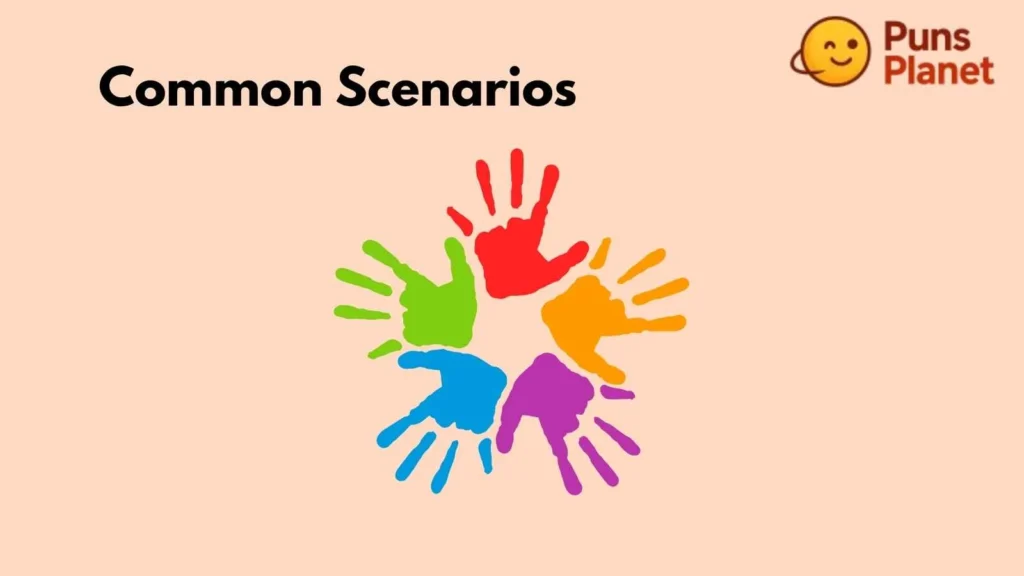
- Reacting to extreme emotions (“This gossip is TM”).
- Commenting on fashion or style overkill (“That outfit is TM.”).
- Exaggerating humorously or ironically (“That’s TM!”).
4. TM = Tomorrow ⏳
Less common — but sometimes people use TM to mean **Tomorrow**. It works mostly when space is limited or language is informal.
Examples:
- “I’ll send you details TM.”
- “See you TM morning.”
Because “tomorrow” is only abbreviated rarely this way, there is some risk of confusion. Always check whether the receiver might misinterpret — especially if you also use “tm” as Text Me or Too Much in your circle.
5. TM = Trademark ™ (Branding / Legal Use)
Outside casual texting, TM has an entirely different meaning in brand, product, or legal contexts: it stands for **Trademark**. The “TM” symbol (™) is used to claim rights over a word, logo, slogan, or design — even if it’s not formally registered.
Key points:
- It can be used with unregistered trademarks to signal a claim of ownership.
- It does not always mean the trademark is registered.
- It’s common in branding, marketing collateral, packaging, website footers, and more.
Trademark vs Registered Symbol
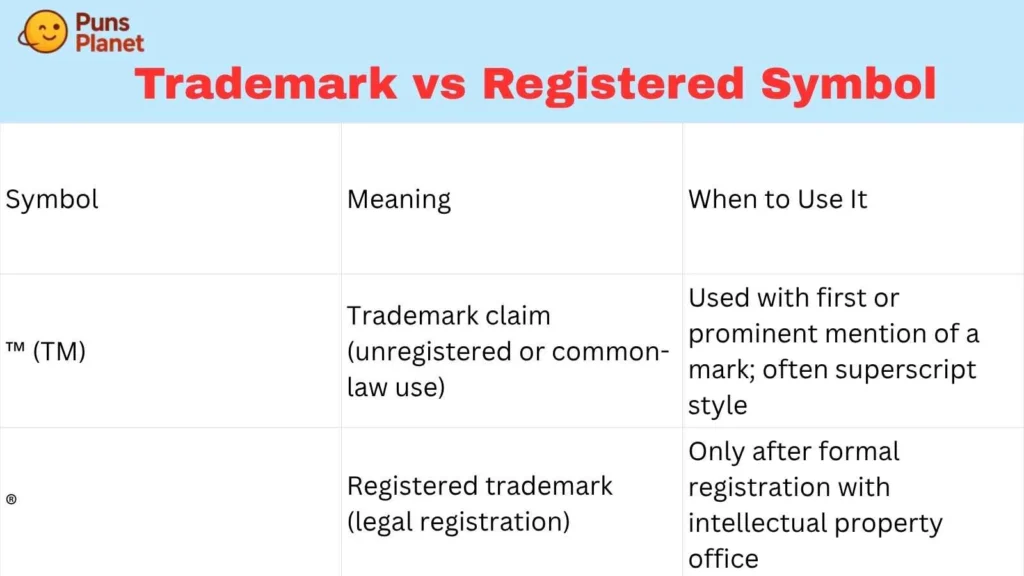
| Symbol | Meaning | When to Use It |
|---|---|---|
| ™ (TM) | Trademark claim (unregistered or common-law use) | Used with first or prominent mention of a mark; often superscript style |
| ® | Registered trademark (legal registration) | Only after formal registration with intellectual property office |
Be Careful With TM in Branding
Using TM implies you believe you have a right to that word or name — even if registration hasn’t been approved yet. It’s a way to build brand authority while you’re seeking formal protection.
If you’re using TM symbol on your website, product packaging, or logos, make sure you’re consistent. Many businesses use the ™ symbol next to their brand name in headers, footers, or product photos.
6. TM = Team Member or Other Niche Uses
In certain contexts — especially in work chats, internal messaging tools, or project-management software — TM might be used to mean **Team Member**.
Examples:
- “Please assign this task to the TM responsible for QA.”
- “We need to check with the TM in marketing for approval.”
Other niche or technical contexts might use TM differently (for example internal acronyms, group-specific jargon). Always ask or observe if you’re in a new community.
How to Determine Which Meaning Applies
Since TM can have multiple interpretations, here are tips to help you figure out which is most likely correct in any given chat:
- Check the relationship: Are you chatting with a friend, colleague, or stranger?
- Observe the tone: Is the message casual or formal?
- Look at the rest of the conversation: Does it mention time, an appointment, or context hinting at “tomorrow”?
- Consider previous uses: Does that person use abbreviations often? Did they use TM before?
- Ask for clarification: If unsure, you can respond with “Do you mean ‘text me’ or ‘tomorrow’?” — it’s a simple fix.
Examples: TM in Real Conversations
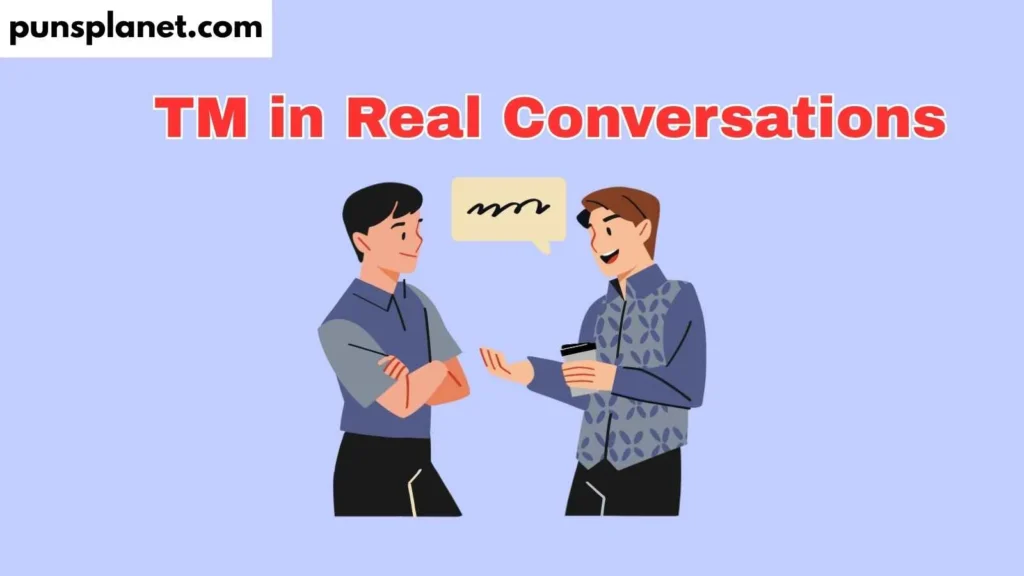
| Scenario | Meaning of TM | How to Interpret / Respond |
|---|---|---|
| Friend texting after work: “Dinner at 8 — TM when you get home.” | Text Me | You reply with “Will do, I’ll text you when I arrive.” |
| Influencer comment on Instagram post: “That fit is TM.” | Too Much | Interpreted as “That outfit is over the top / amazing.” |
| Chat with colleague in Slack: “Need final sign-off — assign to TM.” | Team Member | You check who the “TM (team member)” handles that area. |
| Product page showing brand name with ™ symbol | Trademark | This shows the brand is asserting unregistered trademark rights. |
Tips & Best Practices for Using TM in Text
- Be mindful of your audience: Younger friends may understand TM immediately; older or professional contacts might not.
- Avoid ambiguity: If you know your message could be misunderstood, write it out in full rather than relying on an abbreviation.
- Use context clues: Add a word before or after TM to reduce confusion (e.g. “TM me when you reach” vs “See you TM”).
- Complement with emoji: Emojis can help clarify tone (for example “TM 🙂” vs “TM!”).
- Limit use in formal settings: In professional communication, prefer full phrases like “Please text me” or “I assure you.”
FAQs:
Q1: Is “TM” always casual slang?
No — not always. While many uses of TM are informal (e.g. “Text Me,” “Too Much,” “Trust Me”), there are formal or branding uses (e.g. Trademark ™). It depends on context and platform.
Q2: How do I know if “TM” means “Tomorrow” or “Text Me”?
Look for context clues: references to time, meeting, or schedule likely hint at “Tomorrow.” If it’s about messaging someone later, “Text Me” is more likely. When in doubt, just ask the sender!
Q3: Can I use “TM” in professional emails?
It’s best to avoid it in formal or professional communications. Use full phrases like “please text me” or “let me know tomorrow” to avoid confusion and maintain tone.
Q4: Why do people use “TM” instead of simply typing full words?
Abbreviations like TM save time, fit better in character-limited environments, and feel casual. They’re part of the evolving digital language — but they require mutual understanding.
Q5: Are there regional differences in what TM means?
Yes — like many slang or chat abbreviations, TM can vary by locale, community, age group, or platform. Always consider who you’re speaking with and where.
Final Thoughts:
“TM” might look like just two letters — but behind it, there are multiple potential meanings.
Whether you encounter it as Text Me, Too Much, Trust Me, Tomorrow, Trademark, or even Team Member, understanding context is everything.
Next time you see TM in a message, pause and ask: Which meaning makes sense here? And when you’re writing it yourself, consider clarity over speed — especially if confusion might creep in.

